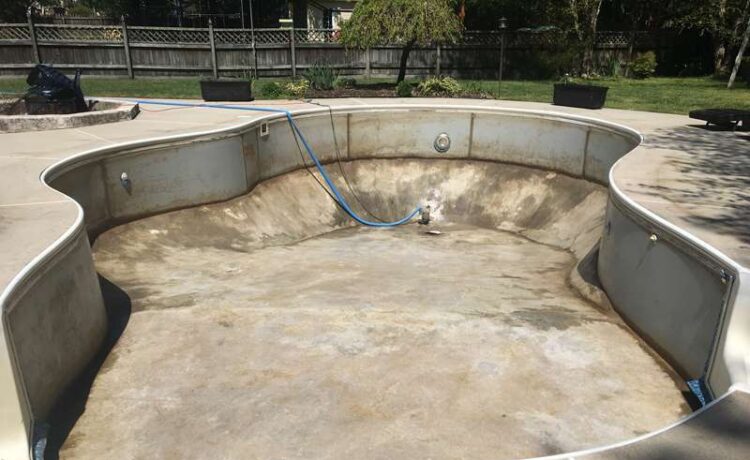Introduction –
Swimming is one of the best summer activities, whether you want to learn how to dive or just relax on a raft. By creating an idyllic water oasis in your own backyard using a minimum of materials and chemicals, you can avoid the scorching dog days of summer. The same can be said for natural swimming pools. When asked to build a backyard pool, the majority of American pool builders offer rebar, gunite, fiberglass, chlorine, and a filtration system that uses a lot of energy. Nonetheless, lately, few developers and a developing number of property holders have figured out how to build pools without using a huge amount of made materials or substance added substances. They have found that it is feasible to develop pools that all the more intently look like the normal scene and mix in with it.
All Kinds of Pool Builders –
Check out Pool builders Northern Virginia if you’re worried about building a pool in your backyard and how to pay for it. Click on the connection referred to here for additional subtleties. Aquatic plants replace harmful chemicals and intricate mechanical filtering systems in natural swimming pools, and gravel, clay, and stone replace concrete or fiberglass. The plants add oxygen to the pool, provide a habitat for frogs, dragonflies, and other water creatures, support beneficial microorganisms that consume waste and potentially harmful organisms, and provide oxygen. The end result is a system that is beautiful, ecologically diverse, and reasonably priced.
Choose Natural Pools –
While conventional pools can cost tens of thousands of dollars, you can build a natural pool yourself. Natural swimming pools don’t need any harmful chemicals, don’t need a lot of technology, and once they’re set up, only a little bit of upkeep is needed. Every autumn, the pool won’t need to be drained. You will just fill the pool once, except for sporadically finishing it off. Digging a hole in the ground is the quickest, cheapest, and least harmful to the environment method of building a swimming pool. It doesn’t matter how shallow or deep your pool is—the most important thing is that the sides slope. Otherwise, the soil will collapse. The proportion should be one foot of vertical drop for each three feet of even drop. The effect, is more like a soup bowl than a bathtub. To ensure that the walls remain vertical and in opposition to the pool’s bottom, conventional pools are typically constructed using a steel structure. Steel reinforcement will not be required if you construct a pool with sloping sides.
Biological Filter –
By dispensing to some degree half of your pool’s surface region to shallow plants, either toward one side or in a ring around the sides, you can abstain from utilizing chlorine and burning through truckload of cash on channels and siphons. The swimming area of your pool and the plant zone, or filtration area, should be separated. Bacteria concentrated on the roots serve as a biological filter, removing contaminants and excess nutrients from the water as it passes through the plant’s fibrous root structure. The plants, on the other hand, are held in place by a rim that is within an inch of the water’s surface and allows water from the swimming area to flow into the plant zone for filtering. Additionally found in the plant root zones, decomposer creatures consume the microorganisms, effectively eliminating submerged waste development.








